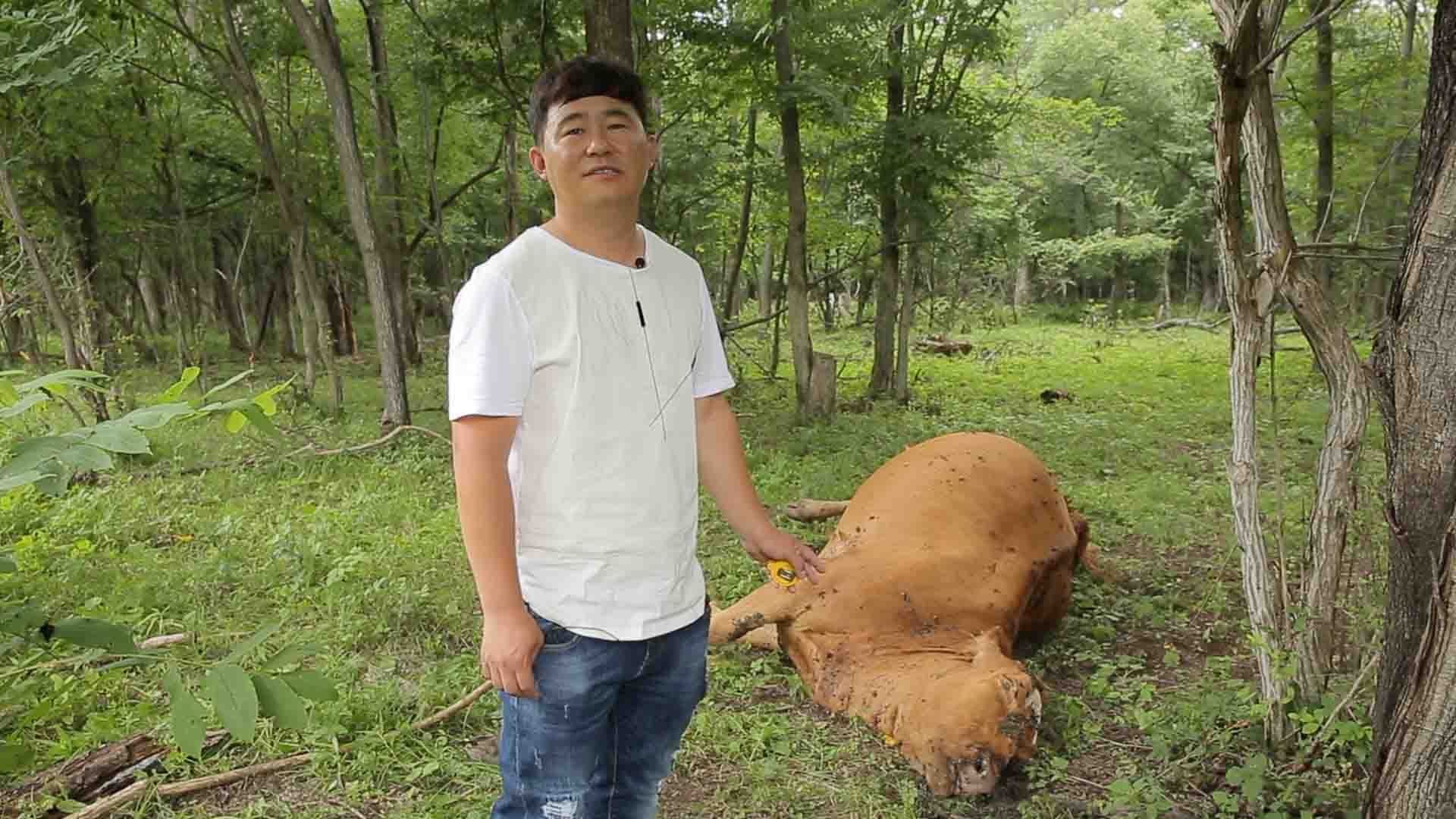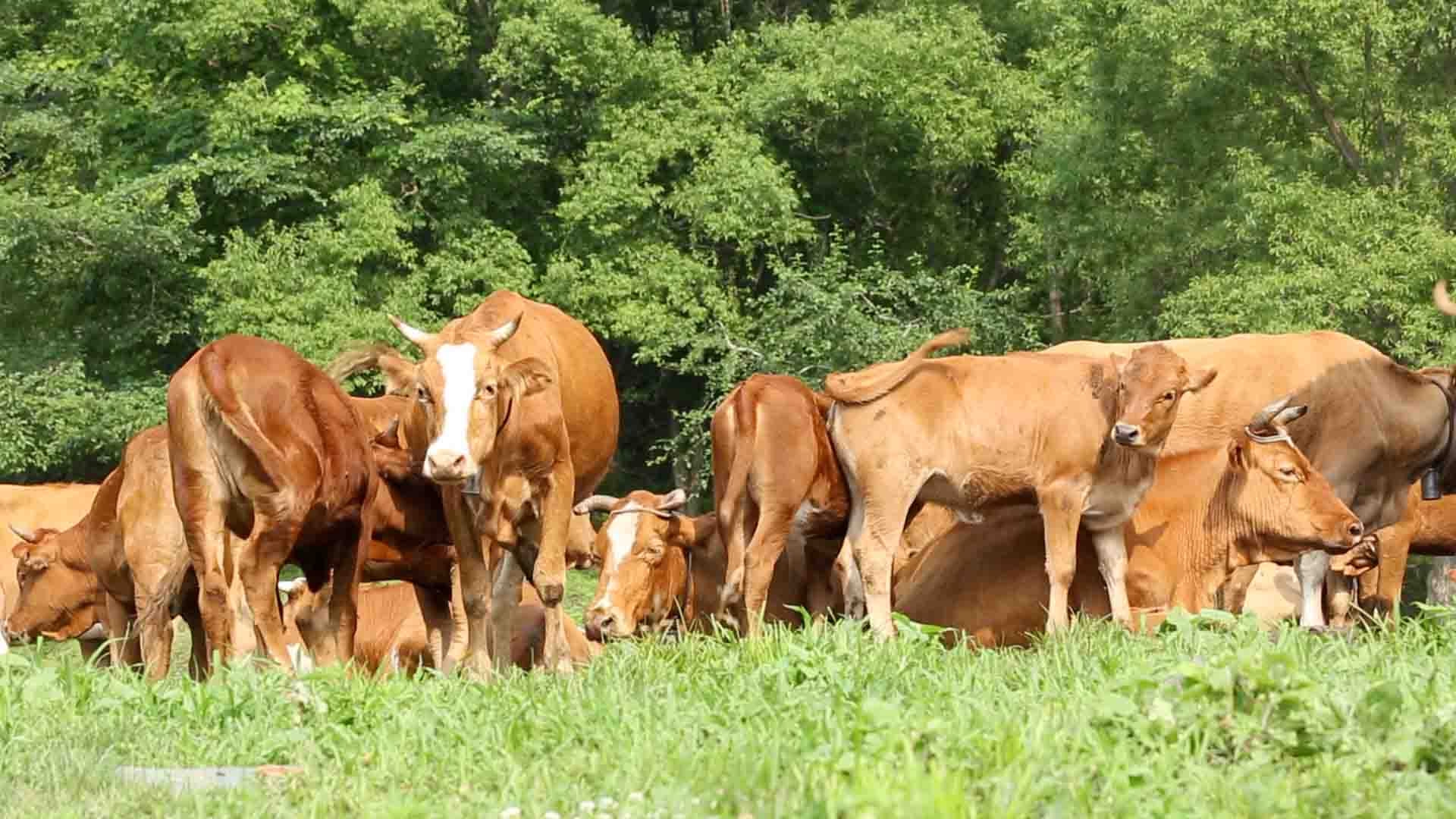
China
12:08, 11-Aug-2017
Wild Siberian tigers return to China, by menace or chance?
By Zheng Chenlei

It has been half month since Jia Cunzeng’s cattle was bitten dead by a wild Siberian tiger. However, it is not the first time.
On July 16, the dawn was broken by a roar. Local villagers of Lishugou village, Hunchun city, northeastern China’s Jilin Province found a cow dead near the woods.
“We bought the cow last year, costing us 20,000 yuan (3,000 US dollars),” said local cowherd Jia Cunzeng. “I feel depressed.”

Lu Wenming, deputy director of Hunchun Forestry Bureau’s wildlife protection department. / CGTN Photo
Lu Wenming, deputy director of Hunchun Forestry Bureau’s wildlife protection department. / CGTN Photo
Lu Wenming, deputy director of Hunchun Forestry Bureau’s wildlife protection department, is responsible for handling such cases when wildlife cause damage to villagers' property.
Around 10 am local time, Wenming and his colleague arrived at the scene after he received report from the cattle's owner.

Lu inspects the scene. / CGTN Photo
Lu inspects the scene. / CGTN Photo
In 2006, the province issued a document stipulating compensation for people who have suffered injuries or economic losses caused by wild animals.
“We came to the scene to confirm whether the damage was caused by wild animal. Then we recorded our findings and sent them to the officials from the provincial government,” explained Wenming. “After assessment, we will compensate the owner for the damage caused by the beast.”

Staff from wildlife protection department records the findings. / CGTN Photo
Staff from wildlife protection department records the findings. / CGTN Photo
Hunchun, a city in Yanbian Korean Autonomous Prefecture near the Russian and the DPRK borders, is a major natural habitat for wild Siberian tigers in China.
Since China completely stopped commercial logging in 2015, local government has shift their focus from forest exploitation to forest preservation. Not only tigers and leopards, all kinds of wildlife have comeback.

Cattle at Lishugou village / CGTN Photo
Cattle at Lishugou village / CGTN Photo
However, according to Hunchun Forestry, injuries and economic losses due to wild animals have been on the rise. Over 707 cases of injuries or loss were confirmed last year, compared to 643 cases in 2015.
Xia Youzhao, an official from Yanbian Korean Autonomous Prefecture, said a planned national forest park for Siberian tigers and Amur leopards may help solve the problem.
The park will include tiger and leopard habitats in Jilin and neighboring Heilongjiang Province. The local government will relocate industries and some of the villages in designated areas to ensure safety and protect the animals, Xia said.
1272km

SITEMAP
Copyright © 2018 CGTN. Beijing ICP prepared NO.16065310-3
Copyright © 2018 CGTN. Beijing ICP prepared NO.16065310-3